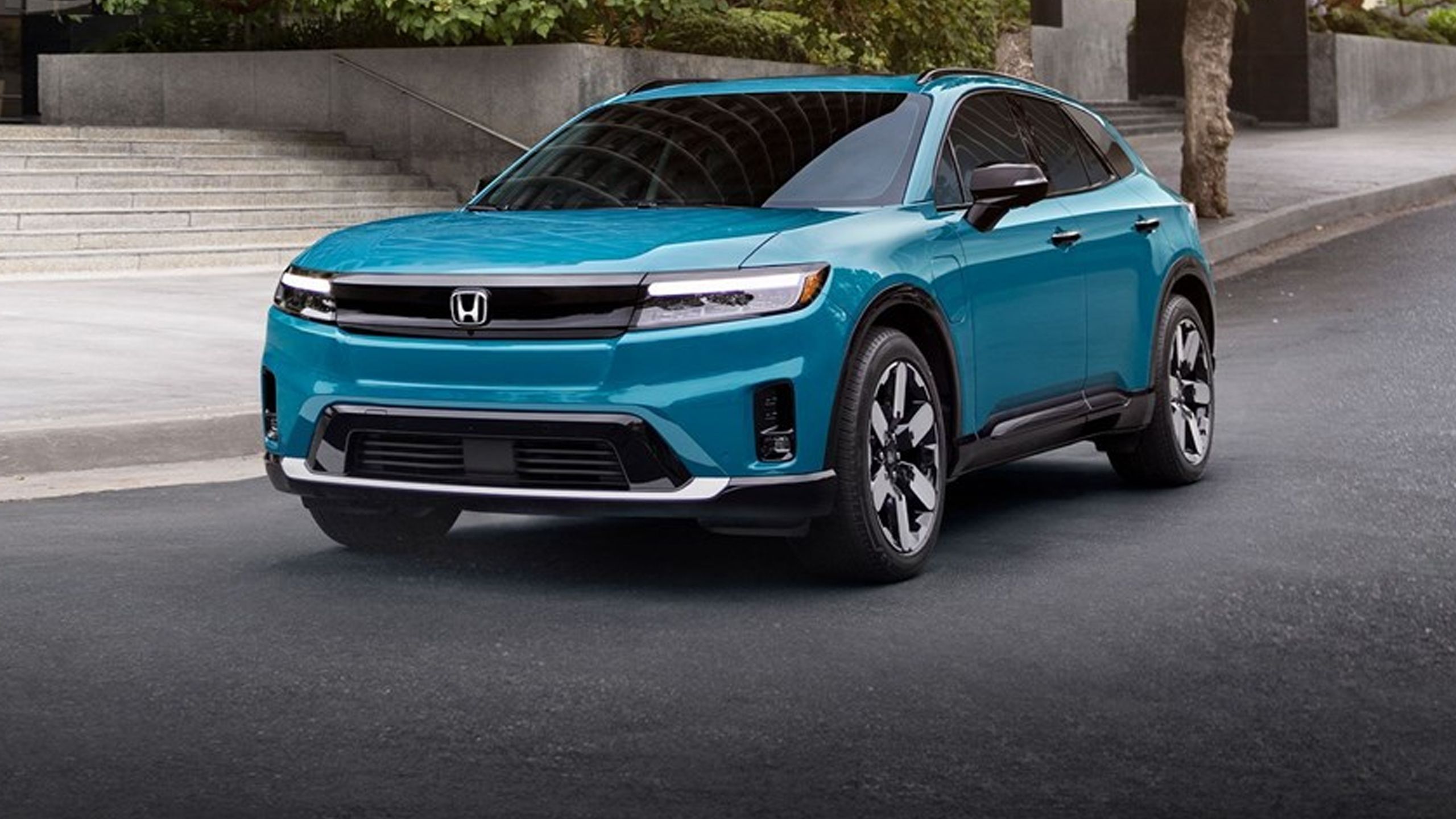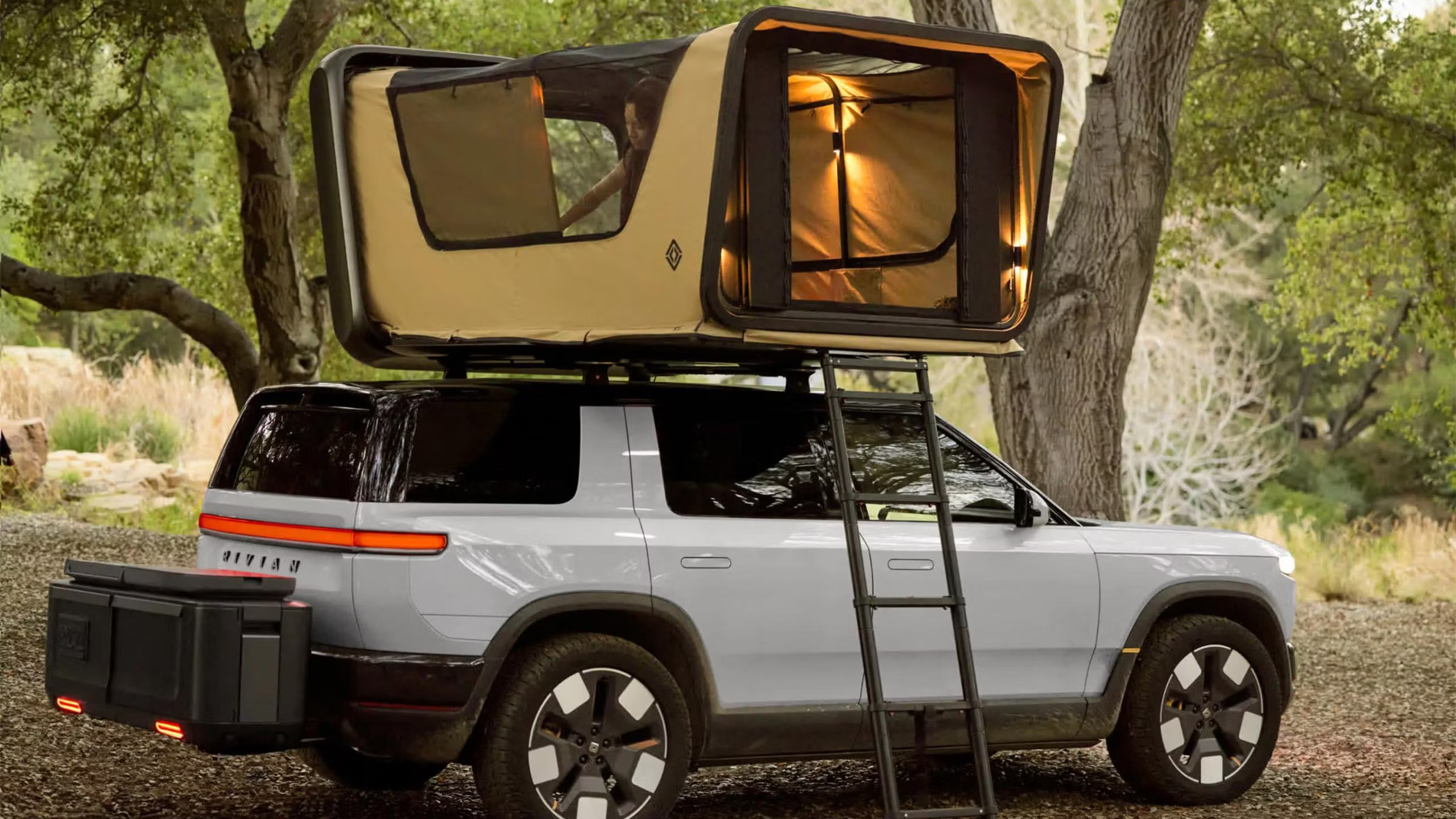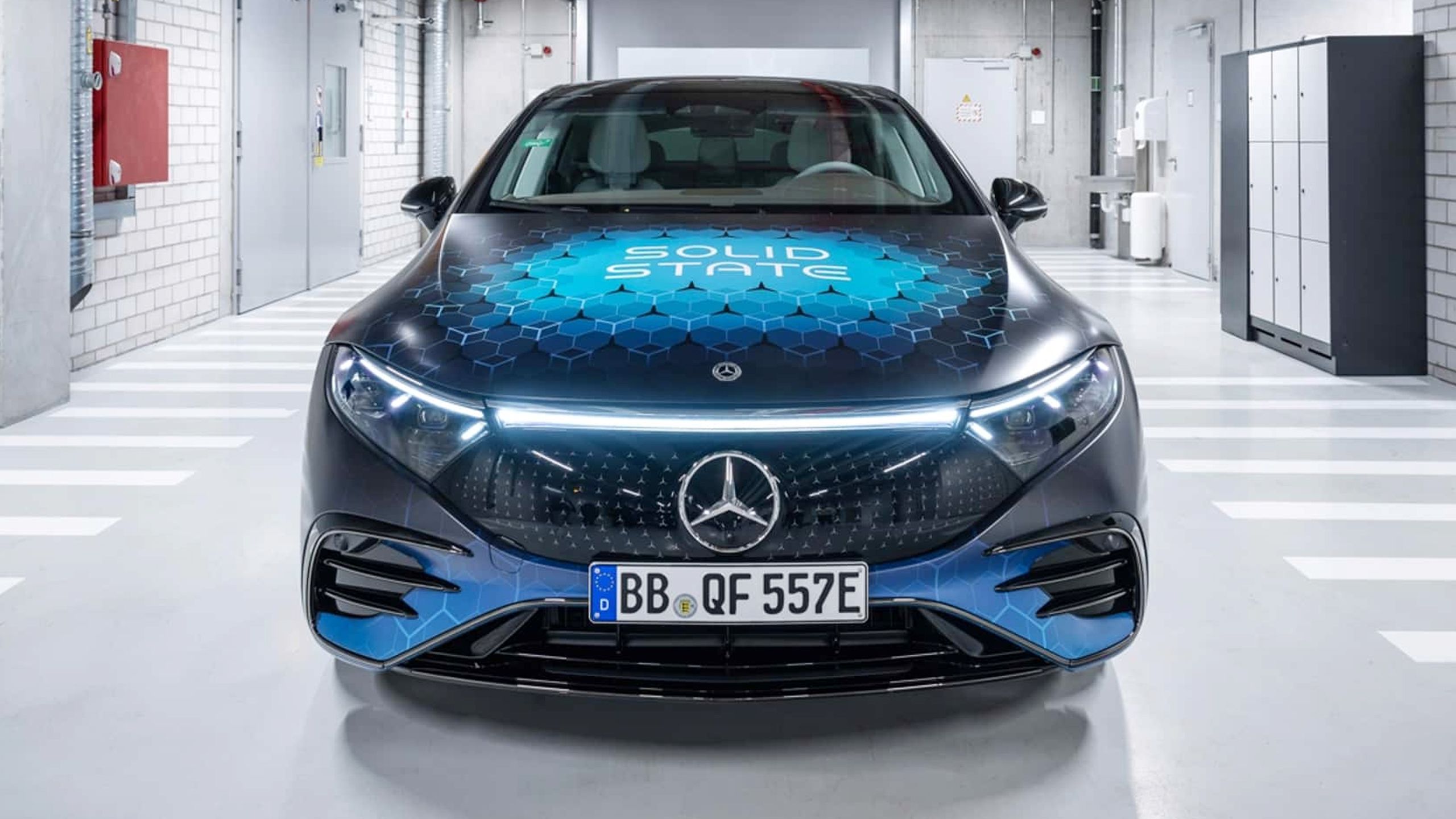Summary
- Solid-state batteries (SSBs) should increase range efficiency, charge faster, and be more thermally stable.
- The main obstacle is converting and/or expanding the necessary supply chain infrastructure.
- There could be SSB-equipped cars on the roads by March 2029, but you may be waiting until 2030 or later.
At this point, there’s only really one major obstacle preventing electric cars from replacing their fossil fuel counterparts: the cost and performance of batteries. There are other factors hindering things, including charging infrastructure, but those would be almost trivial if battery technology was sorted. Simply put, the lithium-ion batteries most EVs use are expensive to produce, and still don’t deliver as much range as a gas vehicle. EVs can go reasonable distances these days — even the Chevy Equinox EV gets up to 319 miles (513 kilometers) — but cross-country trips can be slow and outright impractical if there aren’t enough stations along the way.
The holy grail for the industry is the solid-state battery (SSB), in which vast sums of cash have been invested. But what is solid-state technology, and when can you expect it in a car at your local dealership?

Everything you need to know about PEVs, or personal electric vehicles
You can use PEVs to explore, run errands, or speed up your commute.
What are solid-state batteries, and who’s making them?
Changing the basics of battery tech
Honda
An essential component of any battery is its electrolyte, which shuttles ions back and forth during the charge and discharge cycles. The batteries we’re used to for EVs (and many other devices, for that matter) make their electrolyte some form of lithium-based liquid. You won’t hear it sloshing around, but it’s there nevertheless.
The ideal SSB substitutes that liquid for a fully solid electrolyte, made out of materials like oxides, sulfides, or polymers. There’s also an intermediate product known as a semi-solid state battery, which uses a gel, but that’s ultimately a compromise on the way to creating a true SSB.
A variety of companies are developing the technology, including specialized firms like Factorial, Solid Power, and QuantumSpace, which have partnered with automakers such as BMW, Hyundai, Stellantis, Mercedes-Benz, and Volkswagen. Several automakers are conducting in-house development, among them Honda, Toyota, and Nissan. There’s an obvious incentive for that — if you can produce your own SSB, the only costs you need to worry about are research and manufacturing.
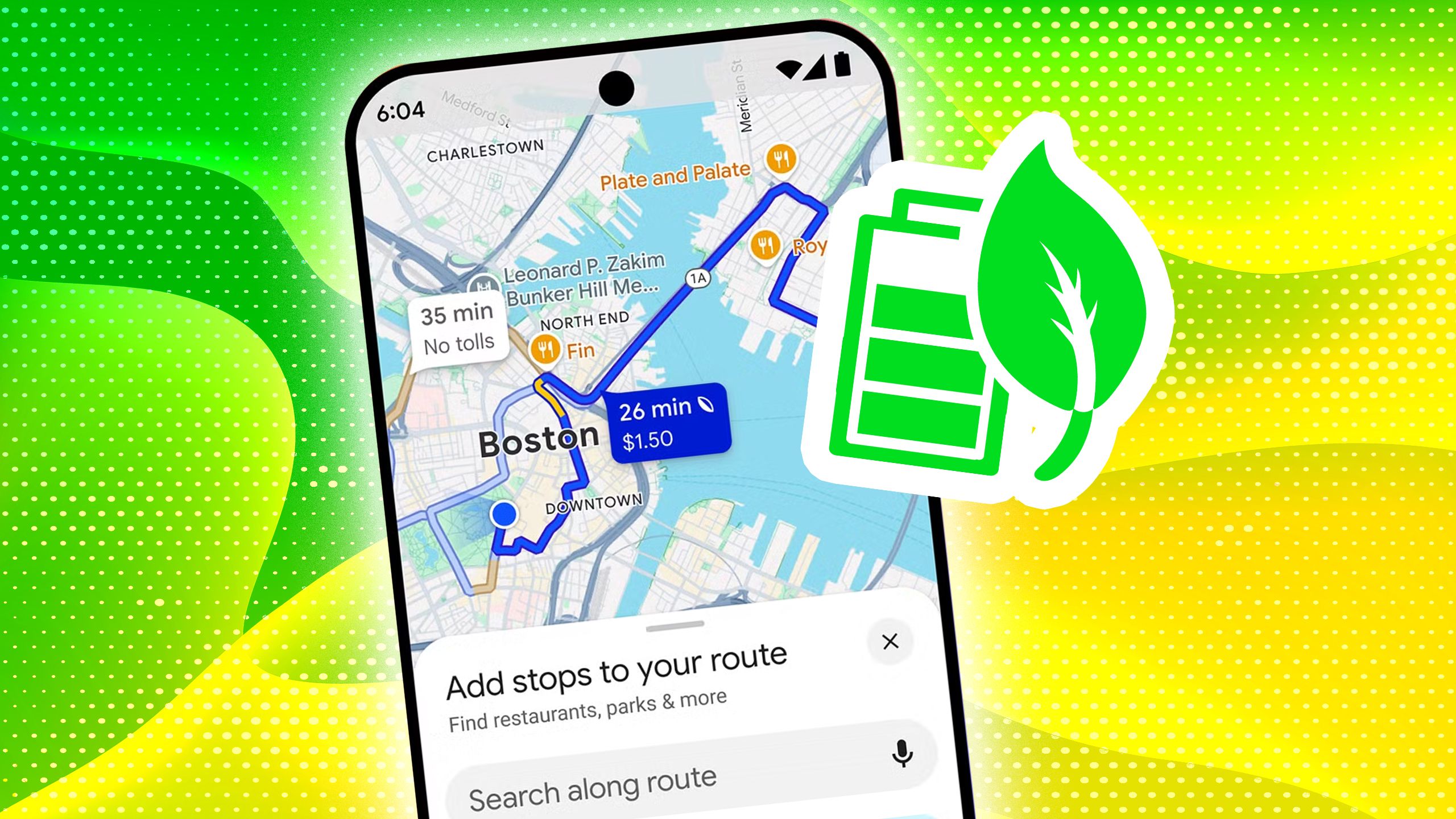
5 tricks I use to extend my EV’s battery range
These battery-saving tips will eliminate range anxiety on your next road trip.
Why are solid-state batteries such a big deal?
Solving several problems at once
Rivian
The primary benefit is increased energy density. Factorial, for instance, recently developed a sulfide electrolyte enabling a density of 450 watt-hours per kilogram, far better than the sub-300 figures for most EVs. Higher density means being able to increase range without increasing battery size, or alternately, provide the same amount of range in a smaller, cheaper battery pack. Even reduced batteries should often yield range improvements, since there’s less weight for motors to carry.
Imagine being able to drive from Austin to New Orleans and back with just a single 10-minute stop in between.
As if that weren’t enough, SSBs charge faster. With current EVs, a stop at a DC charging station can easily take 20 to 45 minutes, long enough that people will sometimes leave their car to eat lunch or go shopping. Toyota claims that even in a vehicle with 620 miles (998 kilometers) of range, its SSB tech should support charging from 10 to 80% in less than 10 minutes. That could actually make some EVs preferable to gas vehicles for long-distance trips — imagine being able to drive from Austin to New Orleans and back with just a single 10-minute stop in between.
Another perk is thermal stability. Thanks to their chemistry, SSBs lose little to no range in extreme temperatures, whereas existing batteries can drop 10 to 20% or more. They’re also less prone to fires — which are already rare, but of course, that’sa small consolation to affected owners, or the fire crews dealing with the unique demands of quenching lithium flames.
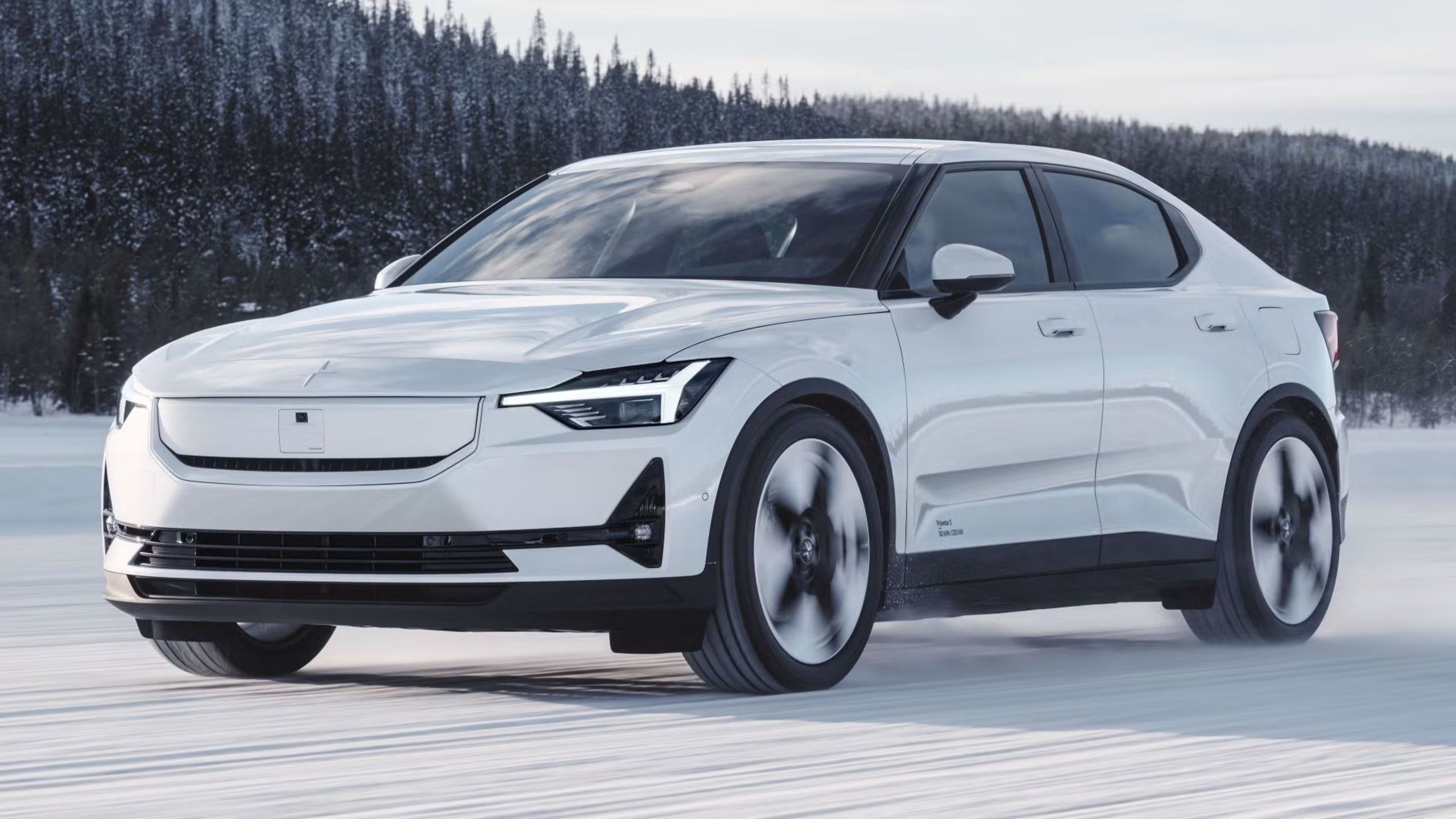
5 things you might not know about driving an EV in cold, snowy weather
It’s perfectly fine to own in EV in places where you can go sledding or skiing.
What’s holding solid-state batteries back?
A question of scale
Mercedes-Benz
On a scientific level, it’s mostly clear sailing for SSBs. They’re a known commodity. Automakers like Mercedes-Benz are already testing prototype vehicles on public roads, proving the tech’s validity.
The major hold-up at the moment is the supply chain. SSBs use a different manufacturing process than lithium-ion packs, meaning that the industry needs entirely new factories and/or serious retooling of existing ones. Some of this capacity is beginning to come online, but it’s going to be a few years before it can meet the demands of the global EV market, much less replace combustion engines everywhere.
The industry needs entirely new factories and/or serious retooling of existing ones.
Related to this is the issue of production yields, referring to the number of non-defective batteries a factory can churn out. In Feburary 2025, Factorial told InsideEVs it was getting an 85% yield rate — a full 10 points lower than what would be desirable for mass production. The company is working on refining its process, but there’s no word on when that will be up to par.
In any event, battery designs have yet to be finalized. There’s a strong motivation to get the tech right the first time, given that it’s meant to be superior to lithium-ion, not just an alternative with its own tradeoffs.
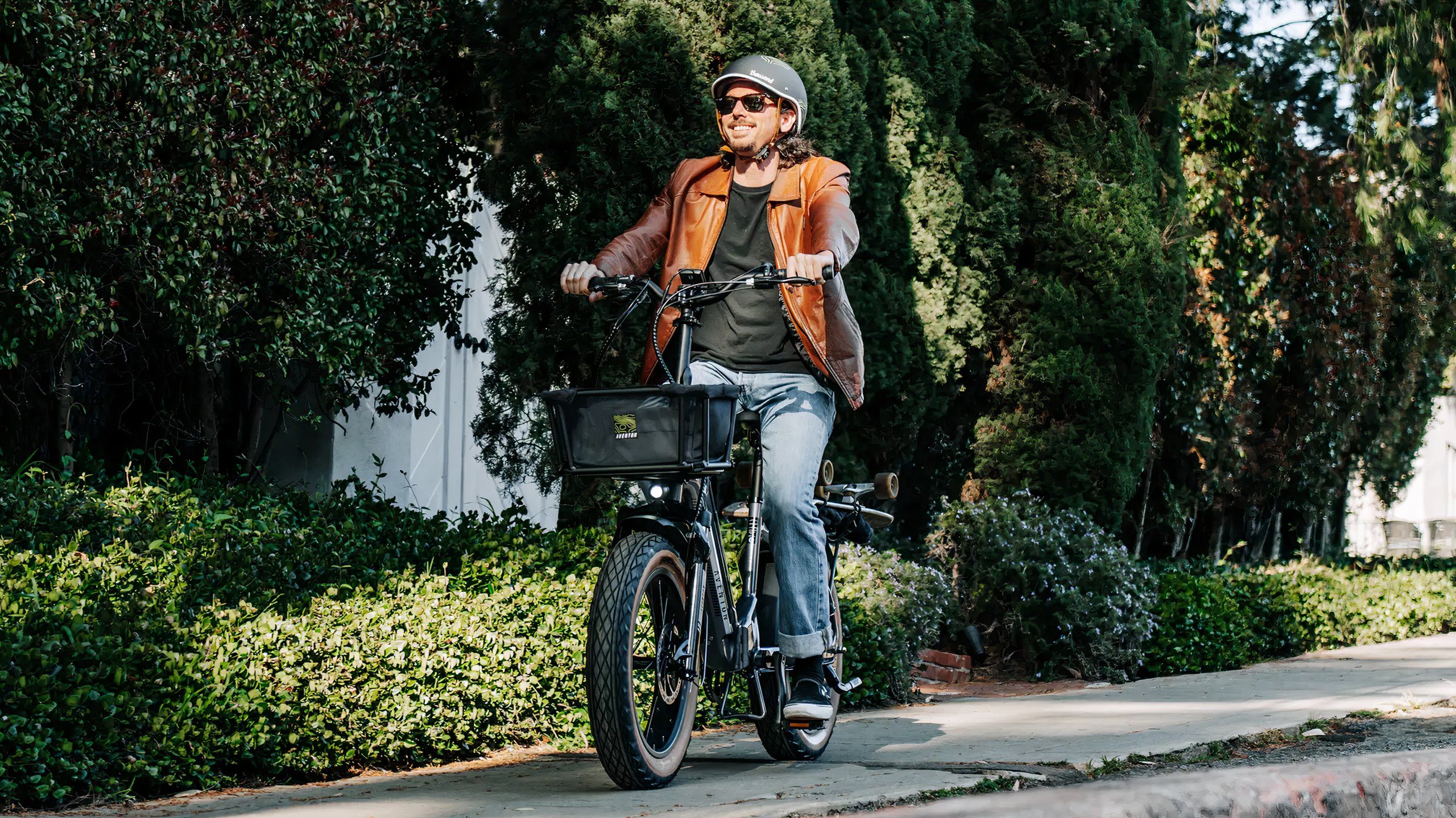
What you need to know before buying an e-bike
Don’t just buy the cheapest e-bike you can find — you can do better.
When will you be able to drive a solid-state car?
Now we play the waiting game
Nissan
Limiting things to true SSBs, one of the most aggressive deployment schedules belongs to Nissan. The company is striving to have its first commercial battery out by the end of its 2028 fiscal year — which actually ends in March 2029, but that could still mean having something ready by the end of the 2028 calendar year if everything goes smoothly. It’s already operating a pilot factory, so as with Factorial, success is mostly a matter of scaling up to mass production.
For now, it’s safe to say you won’t be driving an SSB-equipped vehicle in the next two years.
Other companies are aiming to have commercial products ready by 2030, so it’s difficult to say if Nissan will actually beat them to the punch. Breakthroughs are always possible, and Nissan’s competitors have as much or more money to throw around.
For now, it’s safe to say you won’t be driving an SSB-equipped vehicle in the next two years. Realistically, many people won’t be driving one until the mid-2030s, since it could take a while for production capacity to deliver on the promise of SSBs that are both affordable and widely accessible.
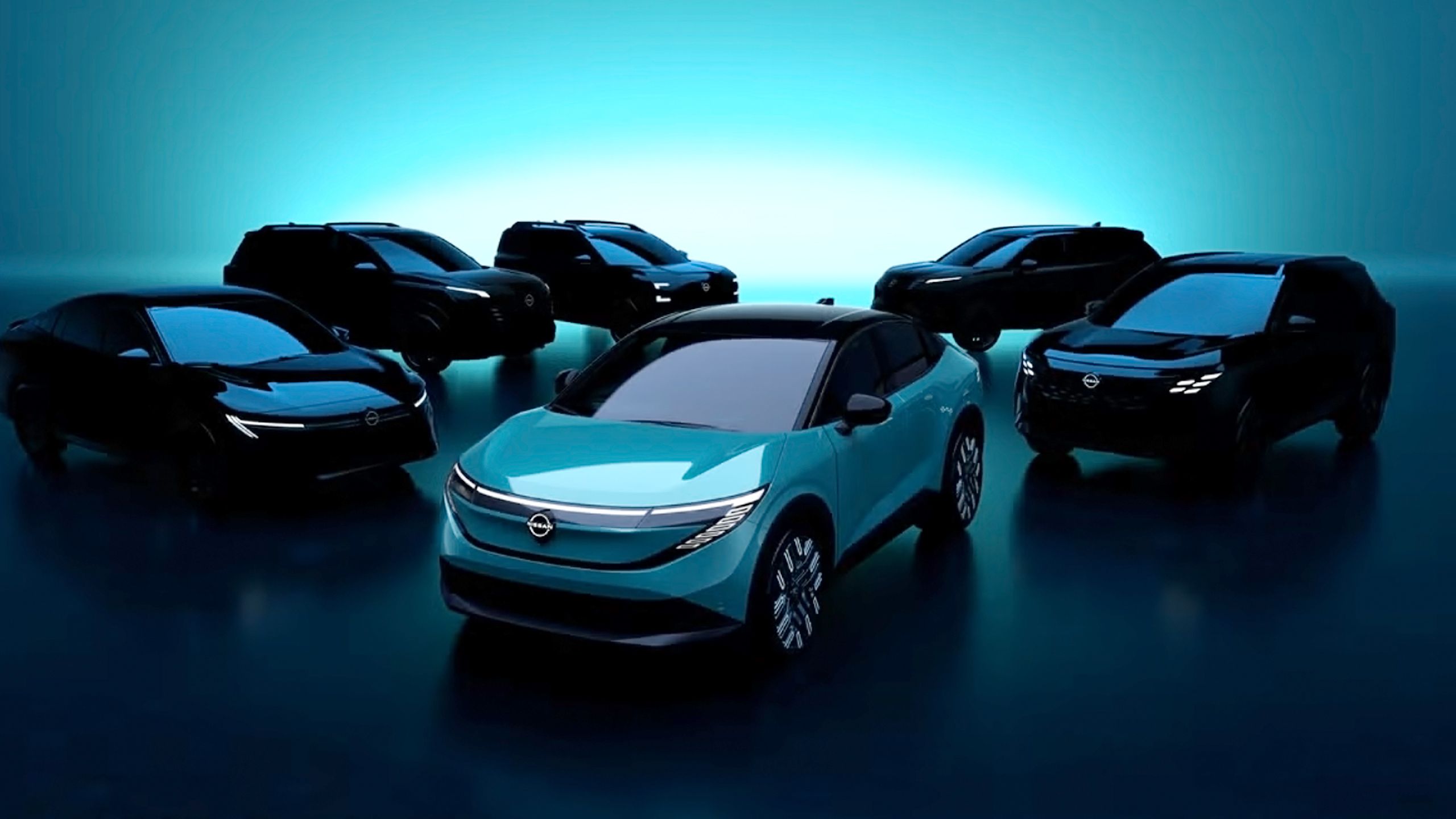
The Nissan Leaf is dead, long live the new Leaf
I’m going to miss the Leaf’s earlier spirit, but it’s probably for the best.


